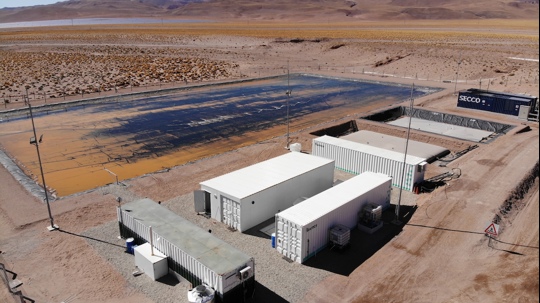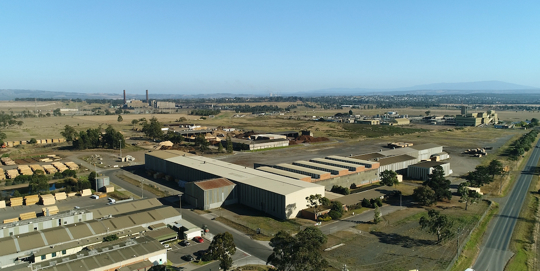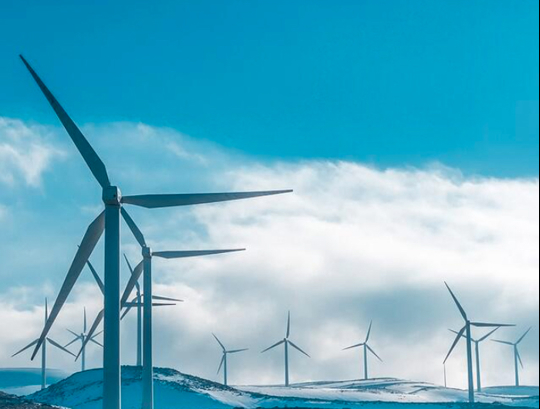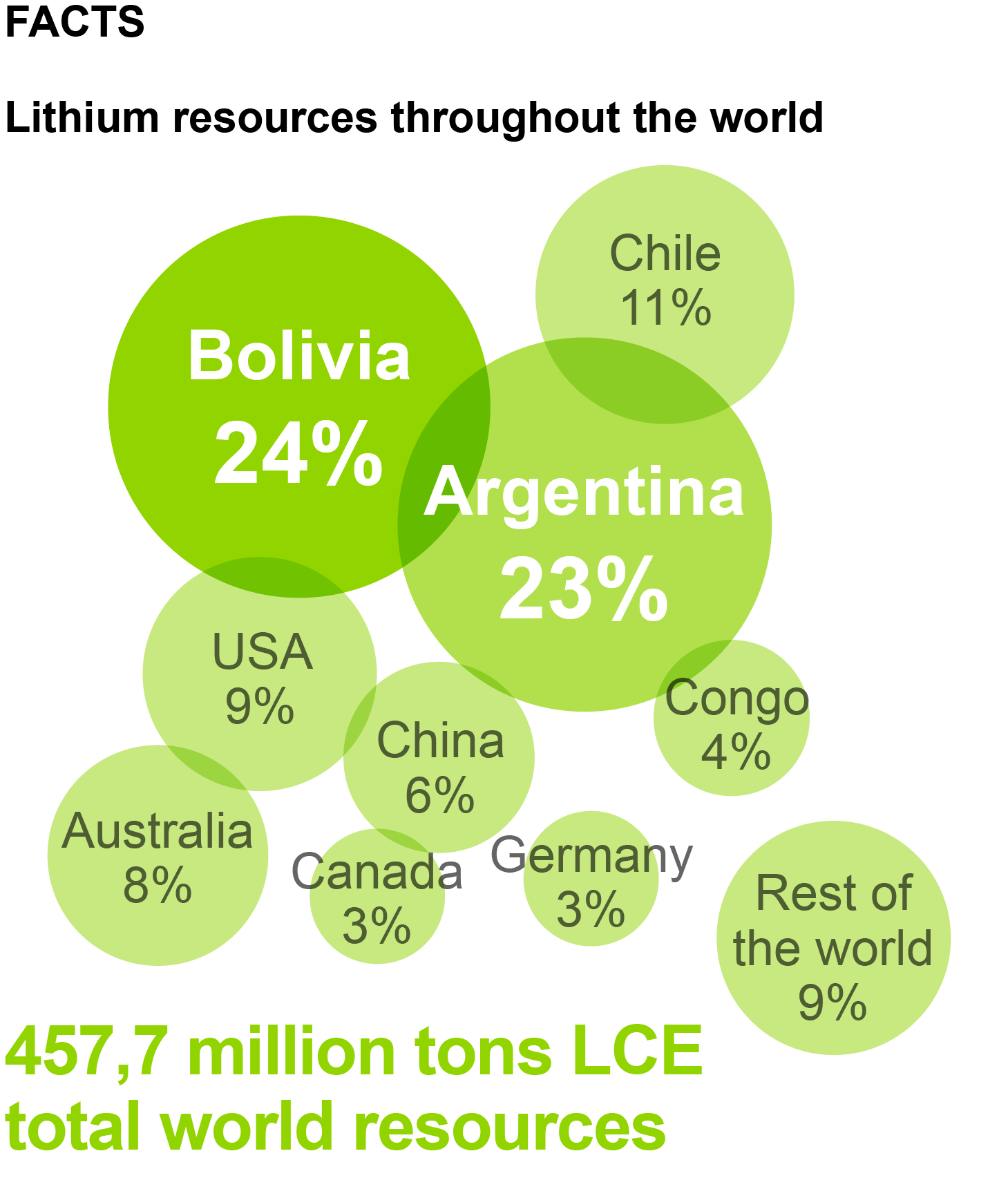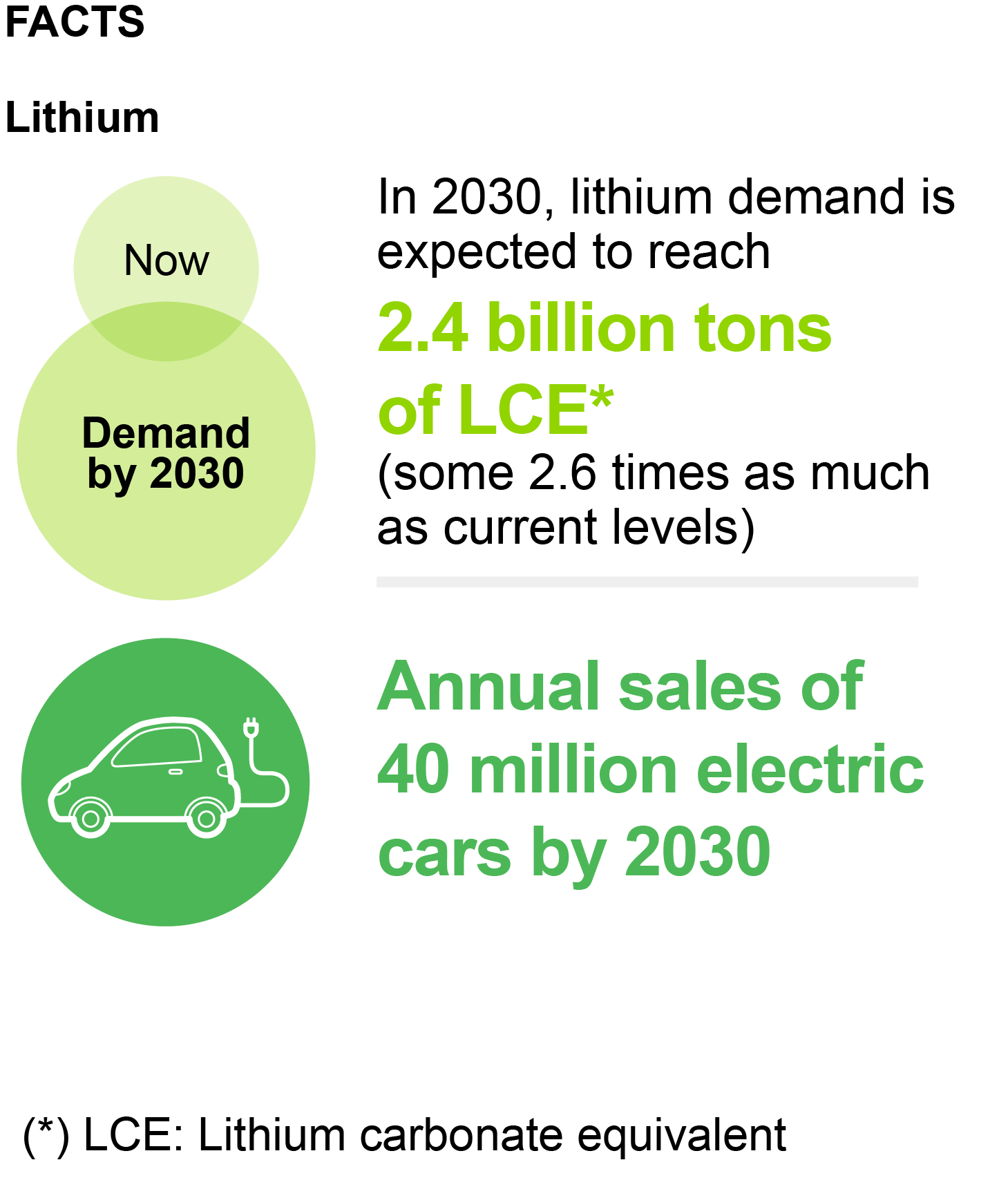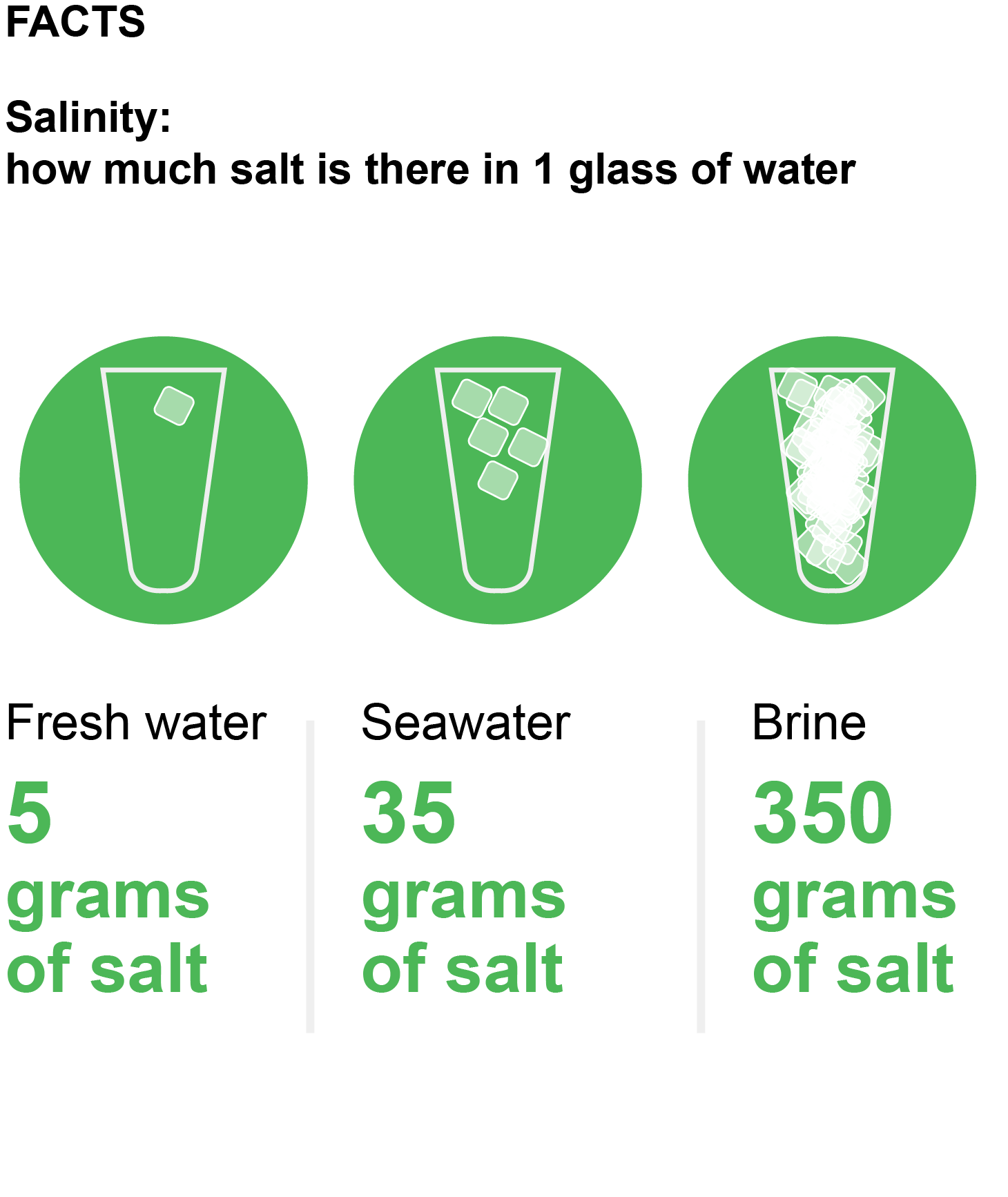 Abstracts
Abstracts
Inflation Reduction Act (IRA)
The IRA is a landmark United States law enacted in August 2022, which aims to curb inflation by reducing the deficit, lowering prescription drug prices, and investing in domestic energy production while promoting clean energy. The law is expected to raise USD 738 billion and authorize USD 391 billion in spending on energy and climate change. It is estimated that the IRA would contribute to reducing U.S. greenhouse gas emissions by ~40% by 2030 from 2005 levels. The main thrust of the energy-related measures focuses on reducing the cost of renewables and carbon-free electricity, promoting the adoption of electric vehicles, deploying emerging clean technologies, and providing tax credit incentives for domestic production and manufacturing.
Download

